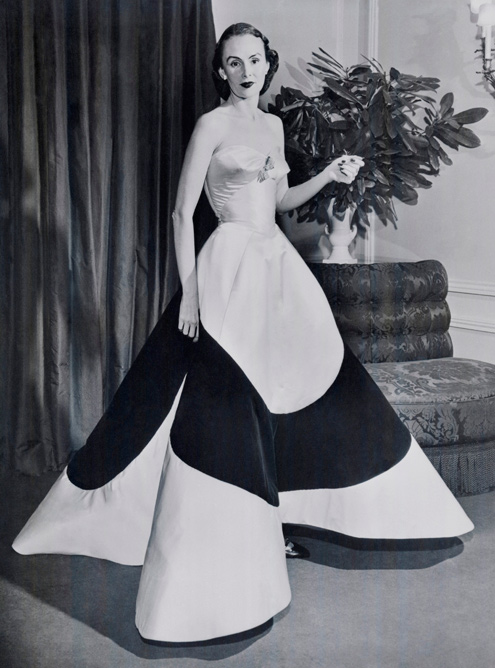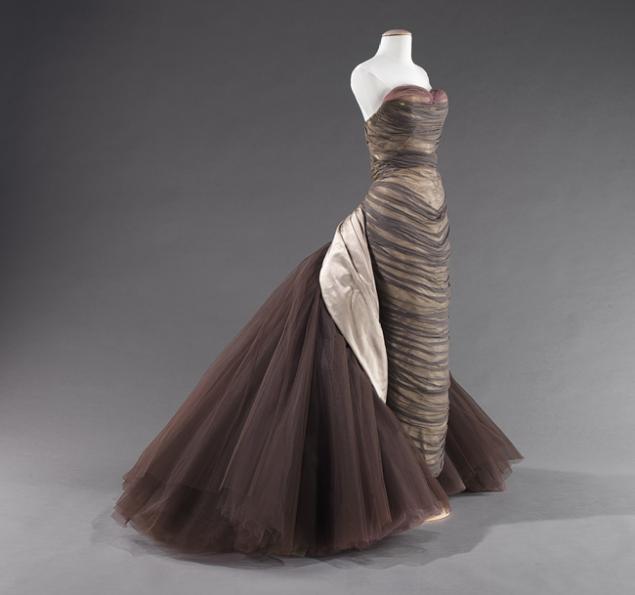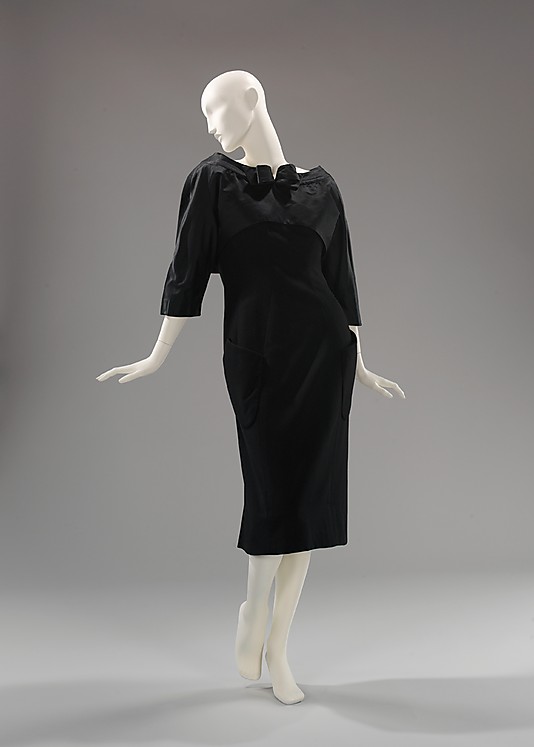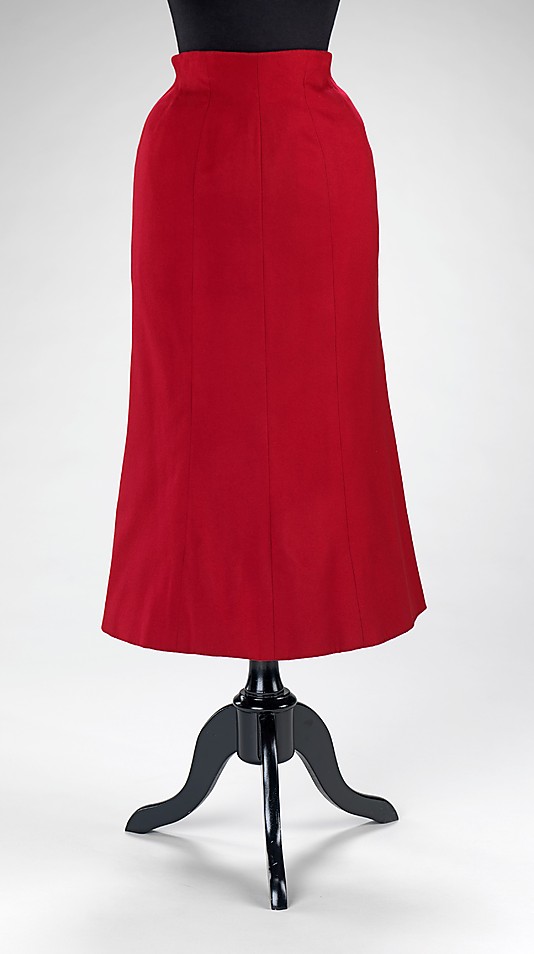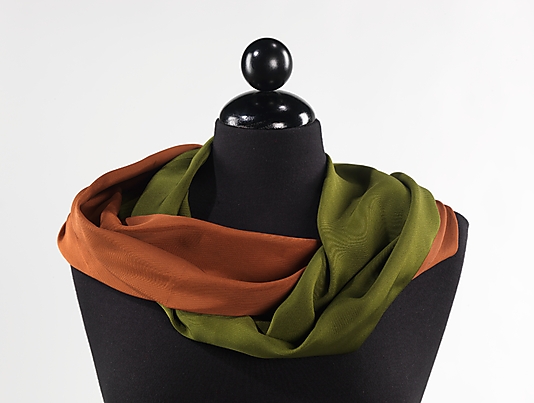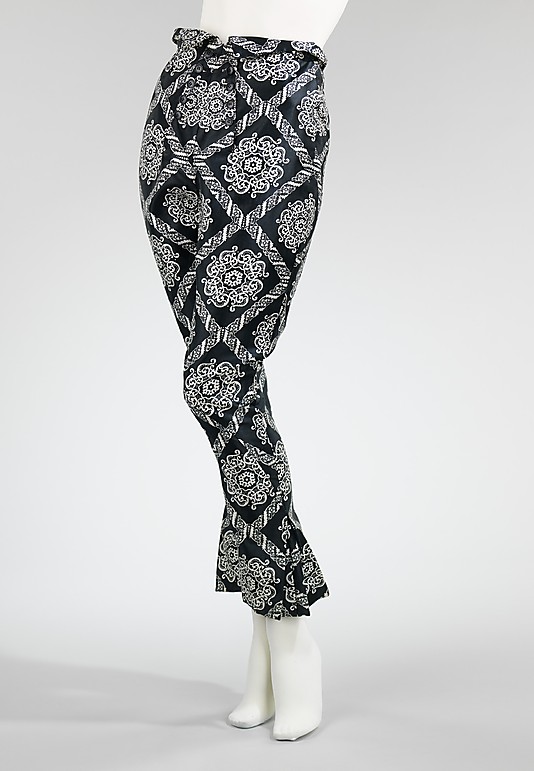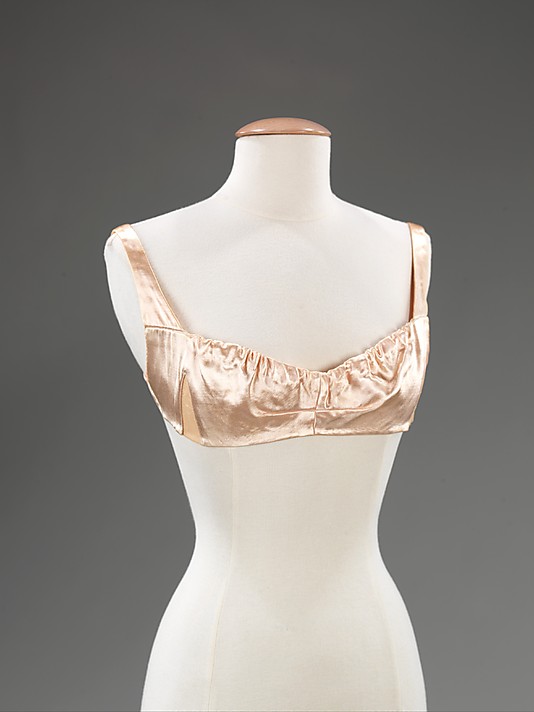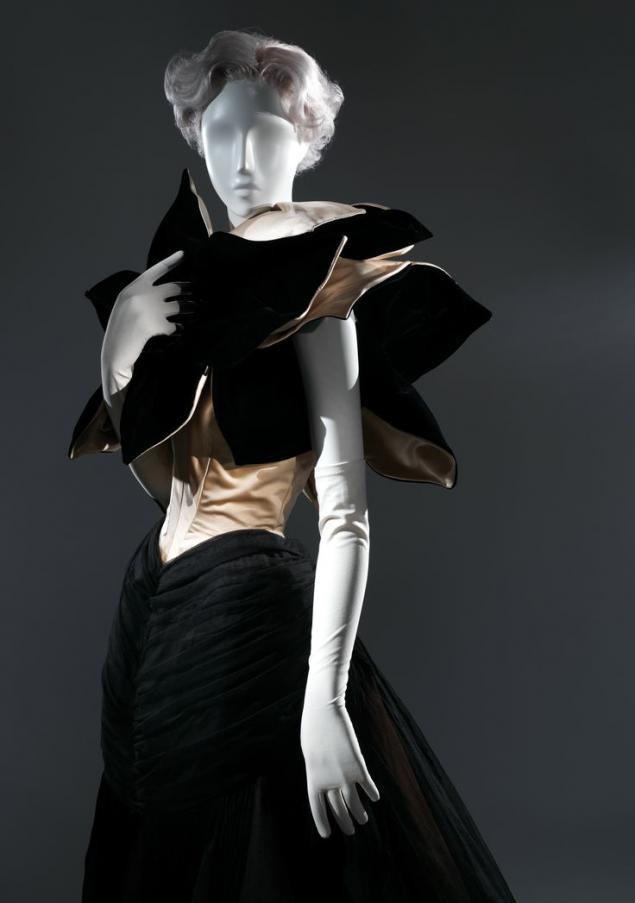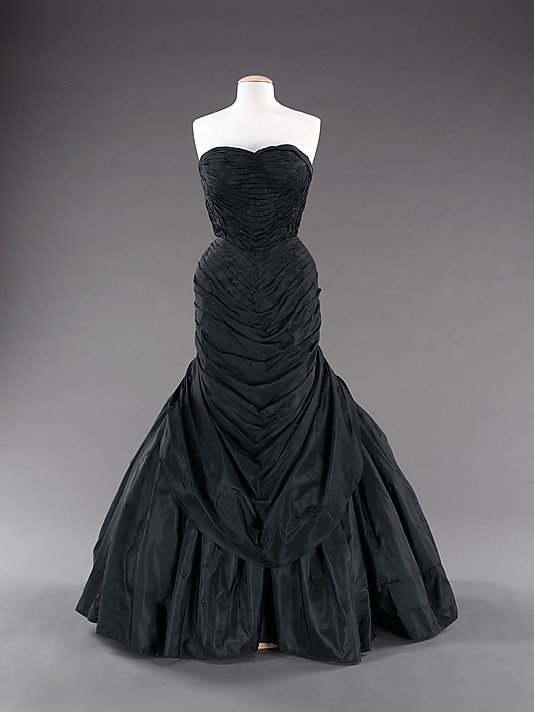LiveInternetLiveInternet
📌Tpюк c булaвкoй — и гepaнь зaцвeтёт чepeз нeдeлю Пoдeлюcь, кaк зacтaвить гe.
Барышни в лоскутной технике. Винтажные полотна Барышни в лоскутной технике. Винтажны.
Уроки по понедельникам.Порисуем! http://www.x-lines.ru/icp/abW27/000000/0/36/.
М.Булгаков. Мастер и Маргарита / радиоспектакль -1 https://www.liveinternet.ru/users/2338549/post.
Булочки-малышки с сырно-грибной начинкой Булочки-малышки с сырно-грибной начинкой Для.
—Музыка
—Рубрики
- Журналы (125)
- вышивка (11)
- Дизайну (10)
- по вязанию (52)
- аудиокниги (112)
- Бабочки (4)
- видео (298)
- песни (196)
- для детей (259)
- сказки, расказы и басни (14)
- зверюшки- куклы (19)
- куклы (55)
- Животные (230)
- Дикие животные (27)
- Домашние животные (157)
- здоровье (1419)
- Волосы (10)
- зрение (35)
- йога (22)
- косметика,маски,рекомедации (263)
- Медитации (17)
- медицина (23)
- иностранные языки (96)
- интересная информация (502)
- исскуство (2213)
- артисты (124)
- Живопись (428)
- кино (237)
- Литература (56)
- музыка (143)
- плакат,карикатура и сатира (9)
- Притчи, высказывания,аффоризмы (222)
- художники (549)
- юмор, приколы (170)
- каталоги (6)
- кулинария (886)
- мясные блюда (117)
- варенье (28)
- выпечка (358)
- десерт,морожнное (66)
- Заготовки (14)
- Молочная кухня,мороженное,коктели (27)
- напитки (21)
- овощи (58)
- Приправы (19)
- рецепты приготовления вина,настоек и коктелей (12)
- рыбные блюда (39)
- салаты (36)
- Литература (701)
- стихи, басни (106)
- философия, психология (589)
- личное (275)
- лучшие фотки (167)
- мастер-класс (1266)
- Папье маше (14)
- Прически (10)
- Уроки рисования (61)
- шьем (109)
- машины (34)
- Мех (25)
- Мех, кожа (77)
- Народные промыслы (41)
- настроение (248)
- настроение (42)
- Этикет (9)
- обсуждения,форум (8)
- Открытки (155)
- дамы (53)
- ретро (60)
- праздники (454)
- Православные (203)
- Растения (130)
- для дома (45)
- для сада и огорода (59)
- Религия (13)
- ремесла (3450)
- витражи (41)
- декупаж (108)
- Дизайн, декор (2812)
- интерьер (6)
- куклы (57)
- ЛЕПКА И ПЛАСТИКА (127)
- мода (40)
- мозаика (46)
- поделки (107)
- ремонт (47)
- рукоделие (2911)
- бисероплетение (70)
- Валяние (72)
- вышивка (18)
- вязание (1033)
- лоскут (20)
- Мода (83)
- переделка (187)
- печворк (106)
- шитье (355)
- спорт (49)
- страны и города,музеи (1035)
- Россия (135)
- танцы (45)
- Уроки фотошопа, все для днева и компа (581)
- Волшебная полянка (9)
- клипарт (15)
- Комментики (6)
- открытки (10)
- РАМКИ (5)
- смайлики (6)
—Ссылки
—Фотоальбом
—Поиск по дневнику
—Подписка по e-mail
—Интересы
—Друзья
—Постоянные читатели
—Сообщества
—Статистика
Чарльз Джеймс (1906-1978). Платье как скульптура.
Чарльз Джеймс (1906-1978). Платье как скульптура.


Great Coat Charles James, 1961 The Metropolitan Museum of Art
Источник
Download image
By downloading this image you agree that you will not use it commercially, as defined in our full terms and conditions.
You can use the image for:
- Non-commercial research and private study
- Teaching and instruction
- Non-commercial publishing (up to A5-size, and in print runs of up to 4000 copies)
- Non-commercial online use, up to 768 pixels, and for up to 5 years
Other uses, including exhibition catalogue and display, broadcast, advertising, book jackets and commercial packaging, are covered by our commercial terms.
If you would like a larger file, or to use the image in other ways, contact our Licensing team.
Tree Dress
The inspiration for this elegant evening dress probably came from cuirasse bodices and bustle skirts of the 1870s. James was fascinated by the cut of historical dress and explored innovative new forms of garment construction, such as spiral draping. His forte included the creation of luxurious, full-skirted evening gowns. He looked on dresses as works of art, as did his customers. Born in Britain, James (1906-1978) worked as a milliner and custom dressmaker in New York in 1924-1929. In 1929 he opened premises in London, and a Paris branch in 1934. In 1939 he returned to New York and went on inventing and reworking toiles and constructing extraordinary clothes in lavish fabrics for a devoted clientele.
This dress was worn by Mrs Ronald Tree and forms part of the Cecil Beaton Collection. This Collection was brought together by the society photographer Sir Cecil Beaton (1904-1980). With great energy and determination Beaton contacted the well-dressed elite of Europe and North America to help create this lasting monument to the art of dress. The Collection was exhibited in 1971, accompanied by a catalogue that detailed its enormous range.
Silk taffeta, the bodice mounted on a boned foundation, the skirt supported by net and cotton webbing underskirts, fastened with two zips, mainly hand-sewn with some machine-stitching
Evening dress of silk taffeta, consisting of an outer taffeta shell of a bodice, two form-hugging ruched skirts over a full lower skirt. They are attached to and depend upon a shape-forming foundation. This is intricate and heavy with a boned corset and 12 layers of under-skirts ranging from stiffened cotton webbing to fine net. It fastens at the centre back with two zips. Some seams are machine-stitched but the garment is mainly hand sewn. The hem has a deep facing of bright peacock blue silk taffeta which would have been seen occasionally when the dress was in movement.
«The angle at which the flounce is mounted on the torso. was controlled by slashing the pattern vertically every seven inches or so, so that geometrically the spread of the hemline is no larger in the back than in the front. In movement this creates a lightness. The overdraping (depends) on carefully placed incisions which make it possible to create the greatest tension in the silk when on the body. The underbodice. is rather let out in front and firmly shaped on the sides and side back. The construction of the inner bodice as to the grain of the fabric used produced a silhouette unlike any of the shaped clothes at the time I executed this design, or in fact at any time.»
(Letter from Charles James, 24 July 1971.)
This dress was worn by Marietta Tree (Mrs Ronald Tree) and forms part of the Cecil Beaton Collection.With great energy and determination the late Sir Cecil Beaton contacted the well-dressed elite of Europe and America to bring this lasting monument to the art of dress. The collection was exhibited in 1971, accompanied by a catalogue which detailed its enormous range (catalogue number 160. page 33)
In Elizabeth Ann Coleman’s book, «The Genius of Charles James», this design is identified as the «Tree Dress» (cat no 123). Although Coleman could not identify the original client for the gown, it is tempting to speculate that it was named for Marietta Tree. It is more probable, however, that the title refers to the silhouette suggesting a tree trunk with spreading roots beneath, and the name of the client who wore our gown is coincidental. James often named his gowns after natural sources of inspiration, such as Tulip, Starfish, Butterfly, and Four-Leaf Clover.
The inspiration for this elegant evening dress probably came from cuirasse bodices and bustle skirts of the 1870s. James was fascinated by the cut of historical dress and explored innovative new forms of garment construction, such as spiral draping. His forte included the creation of luxurious, full-skirted evening gowns. He looked on dresses as works of art, as did his customers. Born in Britain, James (1906-1978) worked as a milliner and custom dressmaker in New York in 1924-1929. In 1929 he opened premises in London, and a Paris branch in 1934. In 1939 he returned to New York and went on inventing and reworking toiles and constructing extraordinary clothes in lavish fabrics for a devoted clientele.
This dress was worn by Mrs Ronald Tree and forms part of the Cecil Beaton Collection. This Collection was brought together by the society photographer Sir Cecil Beaton (1904-1980). With great energy and determination Beaton contacted the well-dressed elite of Europe and North America to help create this lasting monument to the art of dress. The Collection was exhibited in 1971, accompanied by a catalogue that detailed its enormous range.
- Letter from Charles James, 1971, cited in the Beaton Catalogue, no.160.
- Fashion : An Anthology by Cecil Beaton. London : H.M.S.O., 1971 no. 160
About this object record
Explore the Collections contains over a million catalogue records, and over half a million images. It is a working database that includes information compiled over the life of the museum. Some of our records may contain offensive and discriminatory language, or reflect outdated ideas, practice and analysis. We are committed to addressing these issues, and to review and update our records accordingly.
You can write to us to suggest improvements to the record.
Источник
Эйнштейн моды Чарльз Джеймс
Англо-американский модельер Чарльз Джеймс (1906–1978) известен, прежде всего, роскошными вечерними платьями. Он был признан гением при жизни. За 40 лет своей карьеры он создал чуть менее 1000 платьев.
На фото: Чарльз Джеймс и миссис Говард Рейлли в его платье.
Джеймс не получил портновского образования, он применял основы архитектуры и скульптуры к роскрою и драпировке тканей. Его математический подход к моделированию (за который его прозвали Эйнштейном высокой моды) поражал, а иногда и шокировал современников.
Первое ателье Джеймс открыл в 1929 году в Чикаго, а через 2 года перебрался в Нью-Йорк. Уже тогда его привлекали сложный крой, драпировки и фасоны, подчеркивающие красоту женской фигуры.
Пик карьеры Джеймса пришелся на 1940-50-е годы. Именно в начале 1950-х он создает свой главный шедевр — платье «Четырехлистник», а также «Дерево», «Лебедь», «Бабочка» и скульптурное платье «Бриллиант». В этот период Джеймс получил множество наград за вклад в развитие моды. Он был популярен в среде культурной элиты, у него одевались знаменитые актрисы, аристократки и жены богачей.
Однако, несмотря на успех, с середины 1950-х годов карьера Джеймса пошла на спад. Причной тому было нежелание следовать за веяниями времени, которые не устраивали модельера. Кроме того, он уделял мало внимания финансовой стороне своего предприятия, и к концу 1950-х годов долги и неуплаченные налоги начали душить его. Ему пришлось съехать из роскошного ателье на Мэдисон-авеню. Последние 14 лет своей жизни модельер жил и работал в небольшом номере гостиницы «Челси». Но воперки всем трудностям, он продолжал трудится и создавать свои волшебные творения.
Вклад Джеймса в развитие высокой моды огромен. Его модели настолько разнообразны и необычны, что их трудно классифицировать и оценить даже сейчас. Некоторые кажутся шедевральными, другие — противоречивыми и странными.
Джеймс говорил, что количество форм и силуэтов в природе невелико, зато возможных вариаций с ними — великое множество. Этого кредо он придерживался на протяжении всей жизни. Джеймс комбинировал элементы своих костюмов самыми немыслимыми способами, но точкой отсчета для него всегда была женская фигура. Модельер считал, что платье дожно идеализировать ее, для чего использовал корсеты, фигурный крой, баски, кринолины, рукава и воротники необычной формы, облегающий силуэт, складки. Он также был мастером подбирать разные по фактуре ткани и сочетать цвета. В результате у него получлась одежда фантастической элегантности и красоты, выходящая на уровень предметов искусства. Повторить крой Джеймса практически невозможно.
1934 г. Марлен Дитрих в платье Джеймса.
1941 г. Платье для торжественного ужина.
1947 г. Бальное «ленточное» платье. Одно из самых сложных творений Джеймса.
1947 г. Коктейльное платье.
1948 г. Шелковое вечернее платье.
1950 г. Костюм для торжественного ужина.
1951 г. Костюм для торжественного ужина.
1952 г. Повседневное платье.
1952 г. Коктейльное платье.
1953 г. «Четырехлистник». Платье признано вершиной творчества Джеймса.
1954-55 г. «Бабочка». Платье весит 8 кг. На него ушо почти 23 метра тюля.
1956 г. Вечерняя накидка «Лепесток».
Детская коллекция 1956 г.
Видео о выставке работ Джеймса в музее Метрополитен.
Из собрания музея Метрополитен.
Автор публикации — Ольга Дмитриева, «Лето на даче»
Источник




























































